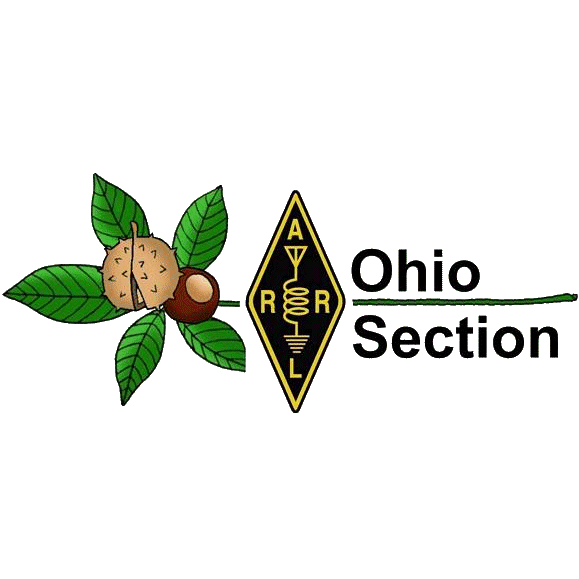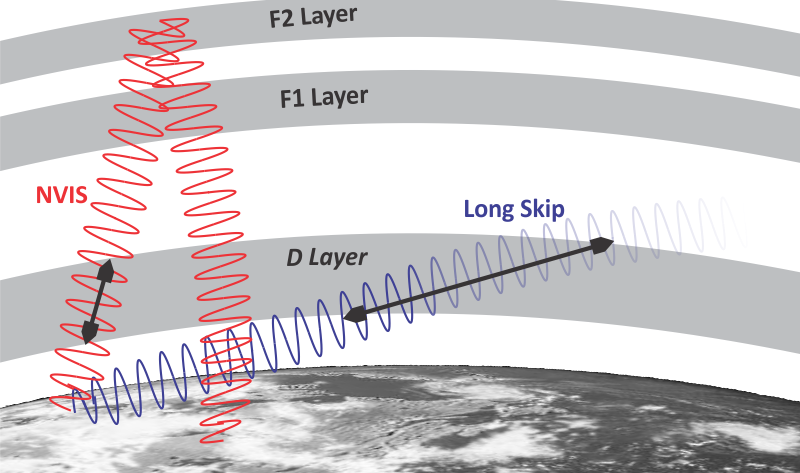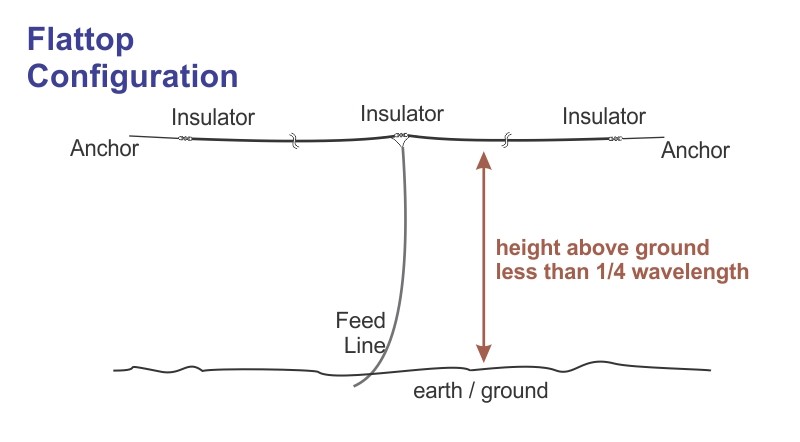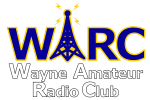Ohio Section ARRL NVIS day is April 22, 2023 from 10 A.M – 4 P.M. The Wayne Amateur Radio Club will be participating in NVIS day from the Comm. Center. If you are unable to operate from home, or this is your first NVIS day and want to see what it is all about, stop by the comm. center and help operate the event. Set up will start at 9 A.M. and most operating takes places within the first few hours. If you want to operate, try to come for the first half of the event to be sure there are plenty of stations to work.

What is NVIS?
NVIS stands for Near Vertical Incidence Skywave. It is a radio communication technique that uses high frequency (HF) radio waves to communicate over short distances, typically up to 180-300 miles. NVIS is different from traditional long-distance HF communication, which uses the ionosphere to refract signals back to earth at a more oblique angle, allowing them to travel much longer distances.
With NVIS, the radio waves are directed almost straight up, which are then refracted back down to earth. This covers a circular area with a radius of about 150 miles around the transmitter. This makes NVIS an effective method for providing reliable communication in areas where typical line of site communations wont work. Terrian such as dense vegetation, mountains, or other obstacles can be overcome using NVIS antennas.
NVIS is commonly used by military, emergency services, and amateur radio operators to establish communication over short distances.

What Antenna for NVIS?
Antennas used for NVIS do not have to be complicated. The most commonly used antenna for NVIS is a simple horizontally polarized 1/2 wavelength dipole, typically 75/80 meters. The most important part in making it an NVIS antenna is that it is hung less than a quarter wavelength above the ground. It is not uncommon for them to be hung as low as 8 or 10 feet high. This gives it the nearly vertical propagation.

